Top 7 Winemaker Resolutions
It’s that time again! Where you start to reflect on the past year, look forward to a fresh start, and set forth some new year’s resolutions. But resolutions don’t just apply to weight loss and self improvement, they can also apply to winemaking. According to the Merriam-Webbster Dictoinary a resolution is defined as “to make a definite and serious decision to do something“. So what do we want to decide and do, when it comes to our winemaking? What can we do to elevate our winemaking? Or better yet, make the type of wine we love drink to and share.
We’ve come up with a few resolutions for the winemaking year ahead. Many of them come from our own mistakes during the winemaking process, tips and tricks we’ve learned along the way, and some of it is super fun.
7 Suggested Resolutions for Winemakers in 2022
Be more detailed when recording winemaking notes.
You know how it is. You’re exhausted from crush day. You’re covered in must, sticky, maybe a little tipsy from enjoynig last year’s wine while crushing (we all do it, and love it ;)), and the last thing you want to do is record your starting must numbers. No matter which way you slice it, detailed winemaking records aid us in creating wines without flaws, keep us on track, and help us create our favortie wines. Need help with record keeping? Email cmusto@juicegrape.com for an example.
Have that blending party.
Wine blending can be meticulous for some, but really, it’s a great excuse to get togther and enjoy the fruits of your labor. Blending wines is one of the best ways to tweak your wine to make it even more delcious than the year before. There’s a great free video you can watch on WinemakingInstructions.com for inspiration as to how to throw a wine blending party.
Visit the grapes….FINALLY
That’s right I said it, it’s time to go see the grapes. If you haven’t been out to visit Lanza-Musto Vineyards it’s time. It’s finally safe to travel again and Suisun Valley is right next to Napa. So it’s part research, part vacation, or maybe it’s just all vacation. Either way you’re in California, enjoying wine country. Who wouldn’t want to do that? If you’re interested in visiting Lanza-Musto Vineyards email cmusto@juicegrape.com to learn how you can set up your vineyard visit. Musto Wine Grape is very transparent about who we source from and are happy to introduce you to our growers.
Read that wine book
Who doesn’t have a wine book laying around that they have been meaning to read? I know I have at least three. My list includes Daniel Pambianchi’s newest book – Modern Home Winemaking, The Academie Du Vin Wine Cellar Book by Steven Spurrier, and I Taste Red by Jamie Goode. A second part to this resolution is to take notes on each book. Kind of like a book report you did back in school. Nerdy I know, but it helps me retain the information better. Plus I have a feeling I’ll be refering back to all of these texts. Which books are on your list? Suggestions are welcomed, feel free to email me -cmusto@juicegrape.com.
Visit more local wineries, breweries, distilleries, and cideries
Inspiration can come from anywhere. Many wineries were inspired by distilleries and the flavor profiles they produced with thier bourbons, igniting the bourbon barrel aged wine trend. And who doesn’t like supporting local? Plus getting to know your local fermentors can help if you ever have questions or need help with your fermentations. Plus it’s always a ton of fun. So get tasting!
Clean that wine room
You knew I was going to bring this up. Clean, sanitize, repeat. It is one of the best ways to ensure your wine turns out the way you want it. Cleanliness is key and my cellar needs some sprucing. How about yours? Here is a great blog post with best practices.
Plan out your winemaking year
Perfect the process. Every year harvest sneaks up on us, yet we know when it will happen every year. Put a reminder in your phone and on your calendar for the start of the Spring and Fall seasons. South African grapes/juices usually arrive around late March, Chileans late April / early May, California starts in early September, and Washington State starts in October. Think about what you want to make (new varieties to try?), your fermentation protocols (any new yeasts you want to try?), your fermentation and aging vessels (should I spring for the stainless?), and how much wine you need to get bottled before they all arrive. Plus if you plan ahead you’ll have more time for blending parties, bottling parties, and good old fashioned friend get togethers where you share your wine.
We hope you enjoyed some of our resoultion tips and look forward to seeing you all in the new year. Cheers to 2022 Winemakers!
Christina’s Mulled Wine Recipe
It’s the holidays and what better way to to make your home smell like it than with some Mulled Wine!
Below is Christina’s recipe. We suggest pairing it with friends by the fireplace and a tasty charcuterie plate.
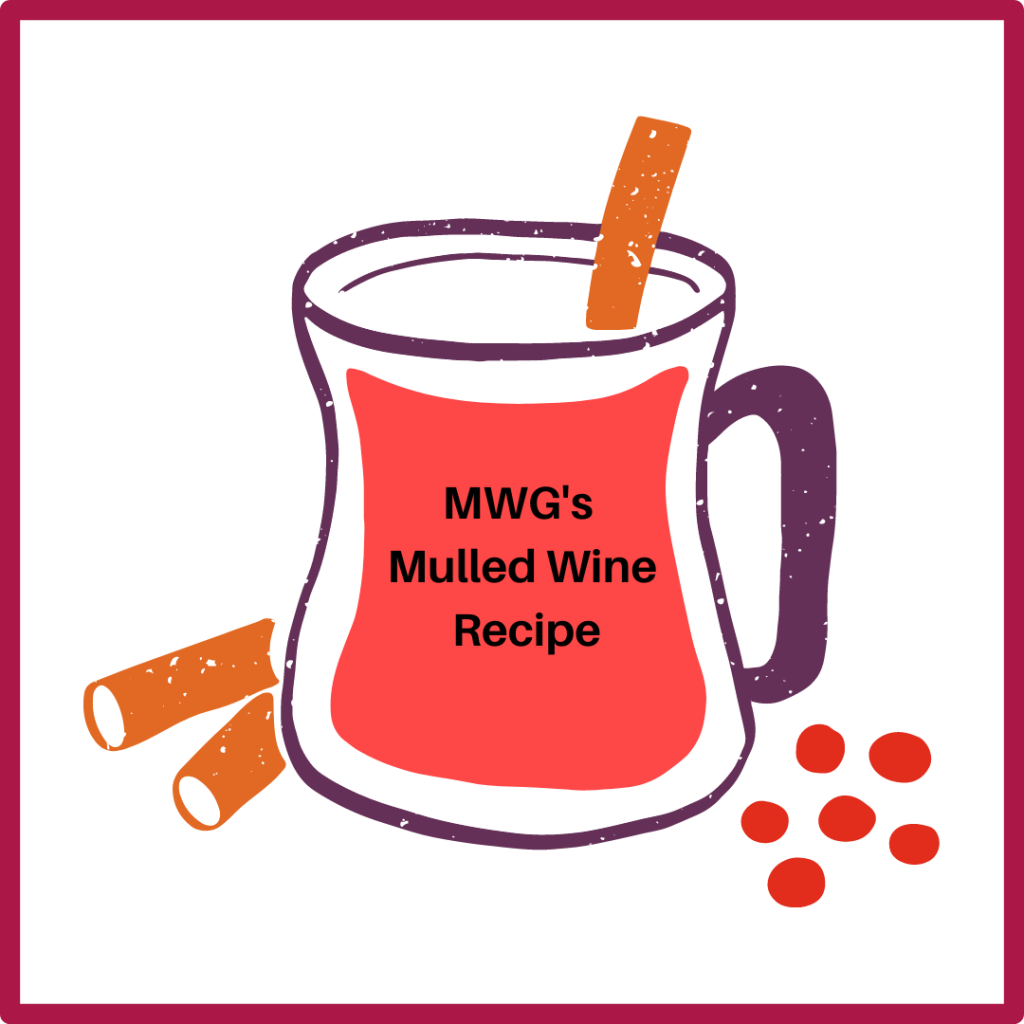
4 cups apple cider (or can use apple juice if you want it a little sweeter)
1 bottle of red wine (suggest cabernet, merlot, or a blend of both)
1 tablespoon – 1/4 cup of honey (depends on your sweet tooth)
2 cinnamon sticks
1 orange – juiced and zested
4 whole cloves
2-3 stars of anise (do to taste)
orange peels/wedges for garnish
Add the apple cider/juice, wine, cinnamon sticks, orange zest, orange juice, and cloves to a saucepan. Bring to a boil. Add stars of anise and honey to taste. Let it simmer for 8-10 minutes. Pour into mugs, add an orange peel/wedge for garnish, and enjoy!
Happy Holidays Winemakers!
EC-1118 Wine Yeast: Product Spotlight
What makes EC-1118 so great?
EC-1118. It’s an excellent strain to be used in a wide variety of wines. This includes red and white, including sparkling, fruit wines, late harvest wines and cider. It has a strong competitive character that will inhibit wild yeasts, and restart stuck fermentation due to it’s great alcohol and sulfate tolerance. Being a very neutral yeast, it will have very little effect on the varietal character of the grape. It ferments fully, and flocculates well, producing compact lees. It has extremely low production of foam, volatile acid and hydrogen sulfide (H2S) and it ferments well over a wide range of temperatures (50 to 86 degrees Fahrenheit), making it one of the most favorable and popular wine yeasts.
Considering EC-1118 for your next wine batch? Click here to be directed to our store to purchase online, or call us at (877) 812 – 1137 to place an order with one of our associates. We can also provide a step-by-step instructional for re-hydrating your yeast and adding it to your wine. Whether you’re a newbie home winemaker or a pro, we’re here to help!






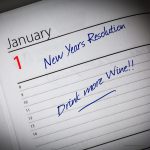
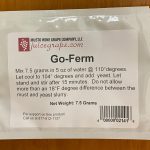
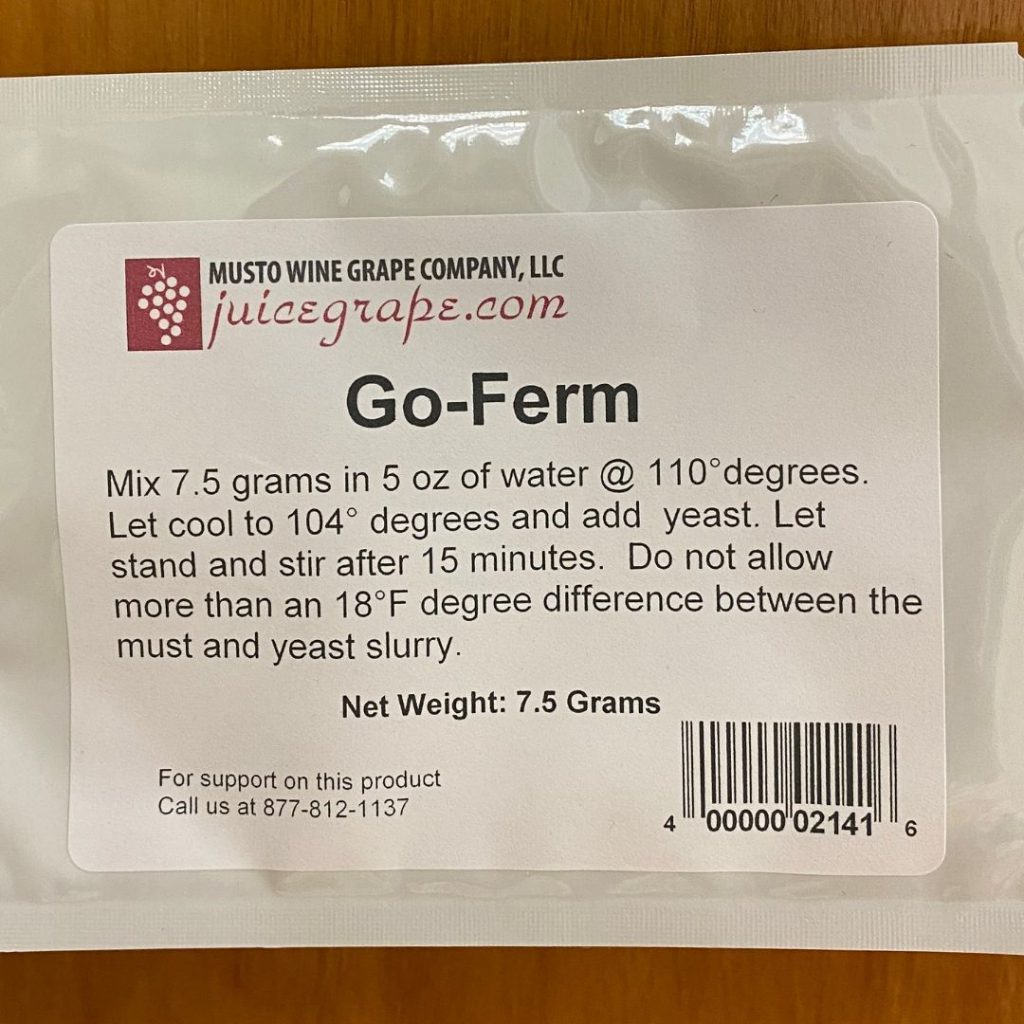
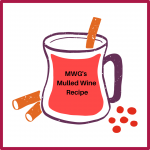
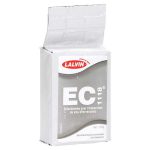
Recent Comments